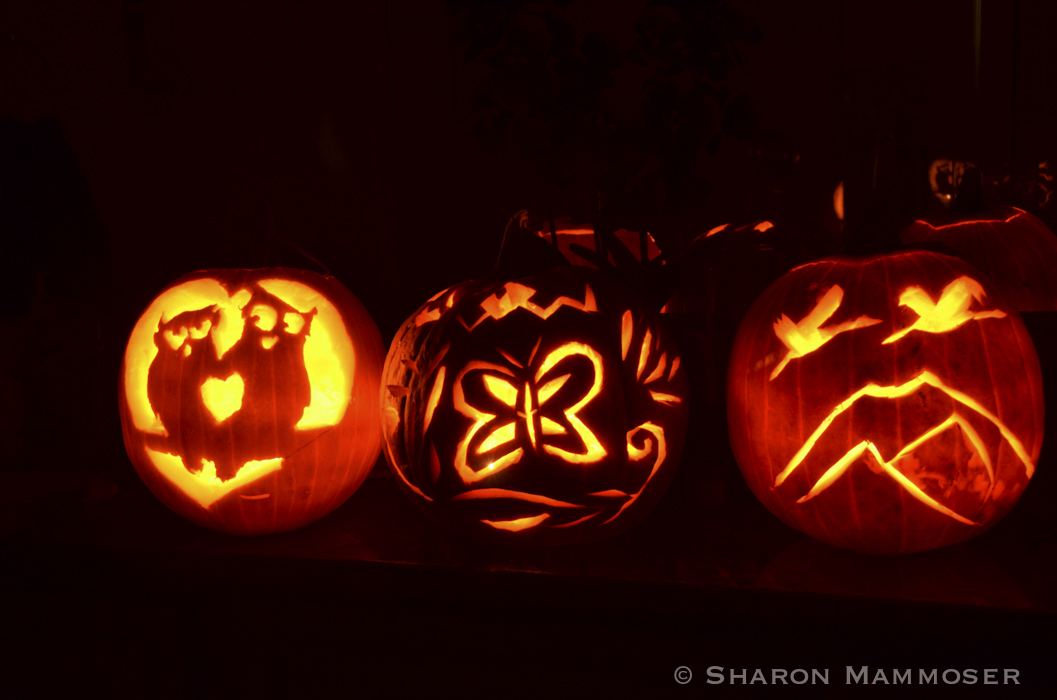 So happy Halloween everyone! I hope you are having a wonderful day and doing something festive for the holiday. Maybe you carved a pumpkin or went to a parade or will give out some candy tonight. Whatever the case, Happy Day!
So happy Halloween everyone! I hope you are having a wonderful day and doing something festive for the holiday. Maybe you carved a pumpkin or went to a parade or will give out some candy tonight. Whatever the case, Happy Day!
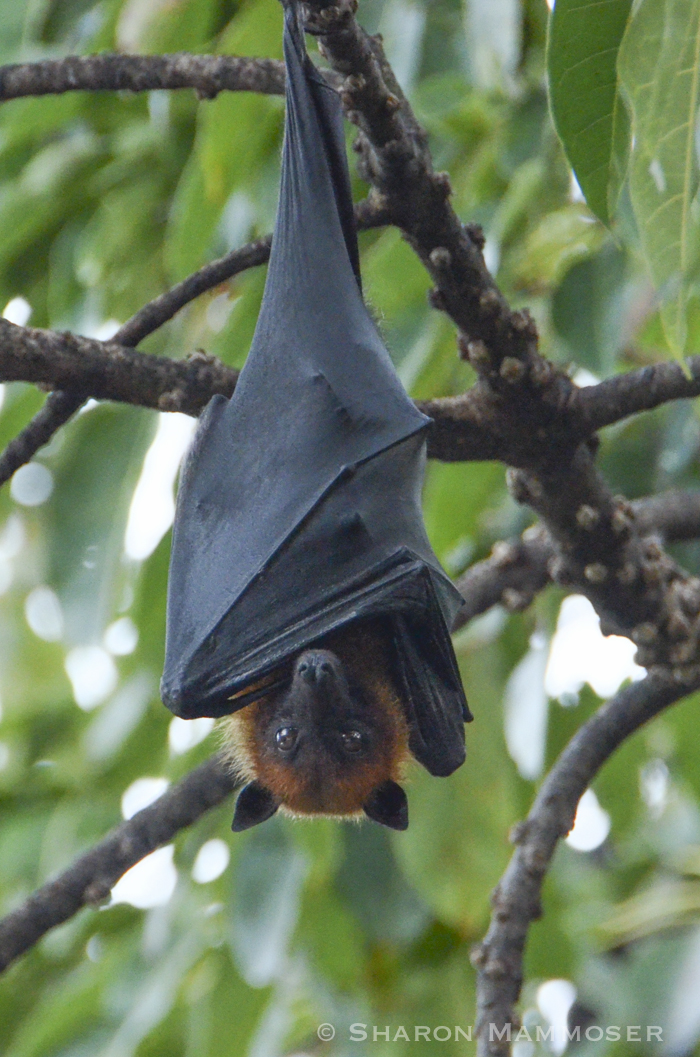
You know the creatures of Halloween, right? Namely BATS, SPIDERS, RAVENS and CROWS. Can you think of any others that deserve being on this list?
Well let’s look at 10 things about these misunderstood critters that you may know know:
1.All BATS do not carry rabies! This is a myth. Less than one half of one percent contract rabies. The best thing you can do to protect yourself from bat rabies is to never touch a sick or injured bat and make sure your children or grandchildren are instructed to never touch ANY wild animal–be it a bat, squirrel, chipmunk, etc.
2.All BATS are not vampires and vampire BATS actually will share their meals with other bats! Of more than 1300 worldwide species of bats, only 3 feed on blood and those all live in Latin America. And they don’t suck it like the movies suggest, they lap it up like a kitten drinks milk. Two feed on the blood from birds and the other–a common vampire bat–usually feeds on livestock or birds. The animal seldom is even aware it has been visited and the bat drinks only about a tablespoon per visit. If a vampire bat can’t find a meal, another bat may share its meal (regurgitated blood) and then, if that bat is ever in need, the favor will be returned! And vampire bats participate in social grooming.
3. BATS are NOT blind! Bats have eyes but many rely on echolocation to “see” their surroundings, more than on their eyesight. Their sonar is so amazing they can detect an object in the air thinner than a human hair. Fruit bats have big eyes and a fabulous sense of smell to find their food–nectar and fruit.
Check out this video of some of the world’s bat species–there are so many cute and amazing faces! And these pictures are truly amazing! All of these slides are courtesy of Merlin Tuttle–founder of my favorite organization Merlin Tuttle’s Bat Conservation. This organization works to change public perception of bats, educate decision-makers, and protect valuable bat habitat and the flying mammals these habitats serve.
Which one is your favorite? Are you surprised at the variety? I was! (If you want to learn more about bats I highly recommend Merlin Tuttle’s book called The Secret Lives of Bats. It is fascinating)
4. Bats are not pests or flying rodents. Bats provide us with amazing services and are essential parts of ecosystems worldwide. An average-size bat can eat more than 1000 mosquito-sized insects (including mosquitoes) in ONE HOUR! A mother bat will eat her body weight in insects each night. Imagine how many insects an entire colony of thousands or even millions of bats consumes nightly! In addition,bats pollinate many plants, spread seeds, save farmers billions of dollars in pest control, maintain healthy forests, provide guano which is an important fertilizer in many parts of the world, and are important in medical research. Like cats, bats groom themselves regularly to keep clean and are more closely related to primates than rodents.
5.There are more than 50,000 species of SPIDERS in the world! And of those only 1/20th of 1% have venom capable of causing illness in humans. And guess what? They are HARD to identify–usually requiring a microscope.
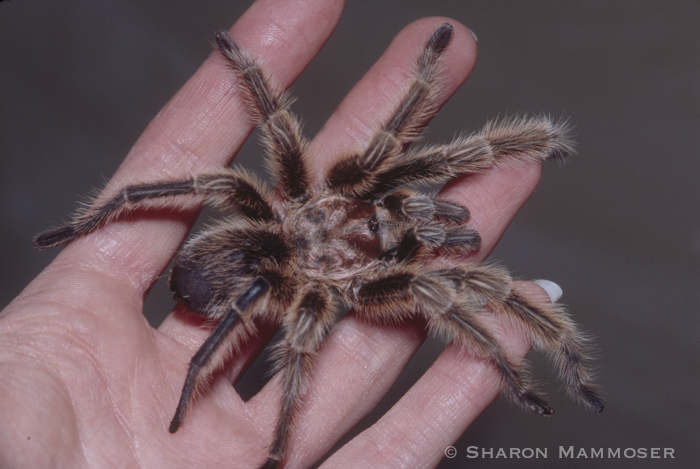 6.You know those TARANTULAS that scary movies always seem to feature? Well one of the reasons they use them is because they are so easy to handle and their venom has such a low toxicity to humans. None of the North American species pose a bite hazard to people–the worst you have to fear when handling one are the irritating hairs on their abdomen which can cause mild skin rashes or inflammation of the eyes and face. Tarantulas can live to be 30 years old!
6.You know those TARANTULAS that scary movies always seem to feature? Well one of the reasons they use them is because they are so easy to handle and their venom has such a low toxicity to humans. None of the North American species pose a bite hazard to people–the worst you have to fear when handling one are the irritating hairs on their abdomen which can cause mild skin rashes or inflammation of the eyes and face. Tarantulas can live to be 30 years old!
7.SPIDERS are not “out to get you” despite what the scary Halloween movies may suggest. Spiders use their venom solely for subduing or killing their prey–usually insects or other invertebrates. Wasting it on you for no reason is not likely. Despite what popular media and medical professionals may suggest, spider bites are uncommon.
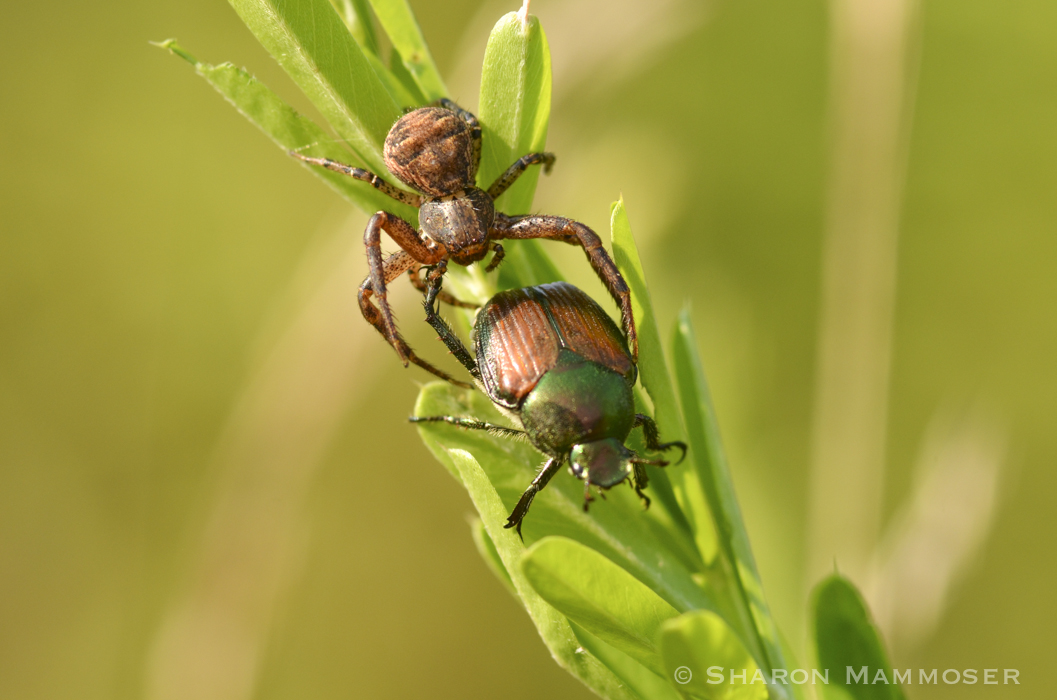
8.All SPIDERS do not build webs. Many hunt and stalk their prey or ambush unsuspecting insects. Those that don’t build webs use their silk for protecting their eggs and as a dragline when moving around.
9.RAVENS have been known to play–just for fun. Check out this video of ravens sledding down a metal roof!
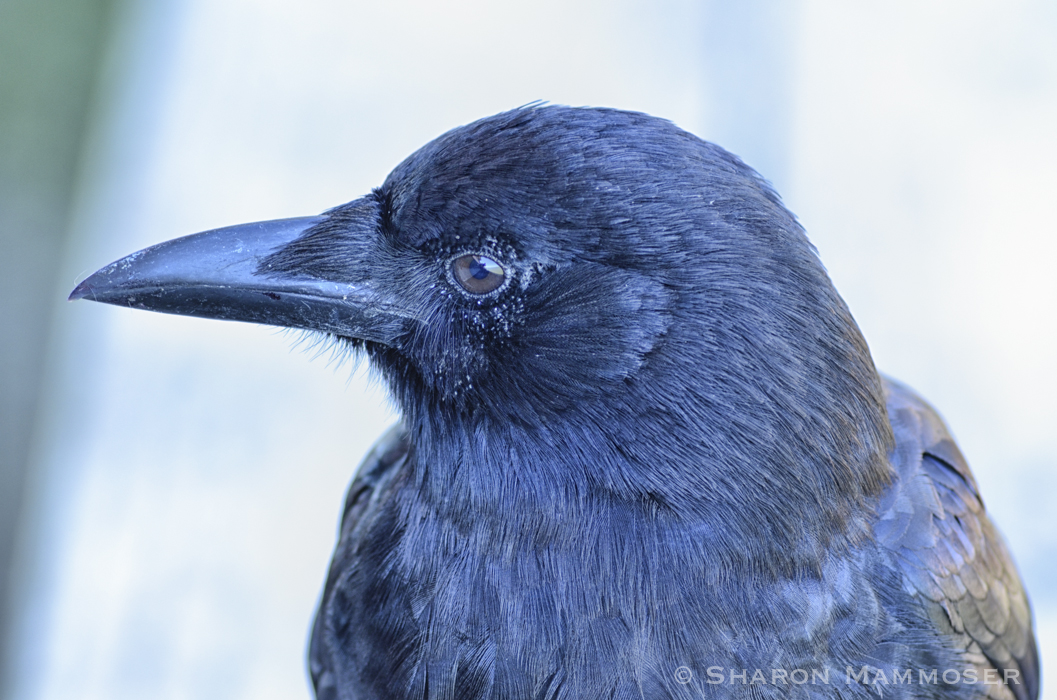
10. Crows have the largest brain to body ratio of any bird. Like a chimpanzee, they are very smart. They have excellent memories and can find food, move it, stash it again and still find it many days later.
Did you learn anything? Once I got started, I discovered there was SO MUCH to talk about… but of course 10 things is 10 things! So I stopped there. If you want to read more about this you can check out these posts about BATS or SPIDERS. Or if you want, you can try a Halloween quiz that I created last year. Test what you know!
Happy Halloween!


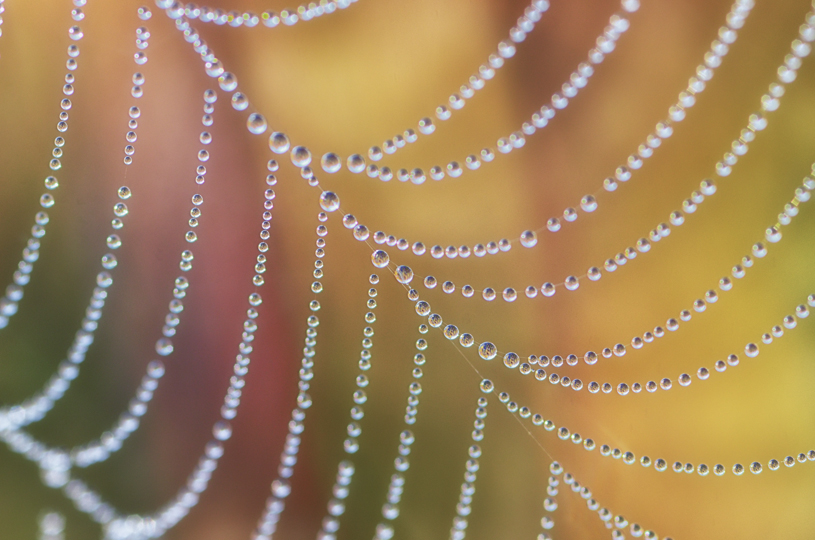
Did not know there were so many different bats! Thanks Sharon.
Helen, You are welcome! There ARE so many and they look so different! It has been fun studying for my upcoming class and I have learned so much. Thanks for reading!
Great photo choices. You do so much to help people understand. You should have worked for Merlin
Thanks… yes, it would have been fun to work for Merlin but at least I can continue to learn from him. And one of these days I will get to Bracken Cave and meet him or others in BCI that have done important work.